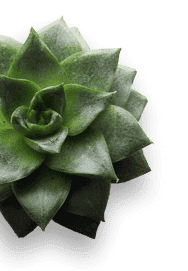A landing page is a web page designed with one specific goal in mind; to convince the visitor to give up their information for something that they want in exchange. Landing pages are one of the best ways to collect leads from the web, and feed them into a sales funnel. Whatever the purpose is landing pages are all designed with one targeted goal in mind. That’s it, one goal, not many goals. Some pages are designed to capture contact information from visitors for sales leads. Some are designed to test out product ideas, and others are created to sell a digital download product like an eBook, video series or audio downloads.
Your Home Page is NOT a Landing Page
You might have heard marketers, or other designers, refer to a home page on your site as your landing page, but they’re wrong. Yes it is the first page someone sees when they “land” on www.yourdomain.com, but it’s not what I would define as a landing page. Your home page has multiple purposes, but a true landing page has a single purpose. Depending on your business, your home page might have a rotating banner, it can showcase latest products, latest works, recent news or blog posts, multiple buttons, a phone number and links to other pages on your website. That’s a lot of stuff to detract which makes it tough to guide the visitor to a single action. That’s why we strip away the navigation on a landing page, and keep things simple.
Who Uses Landing Pages?
Almost any business can benefit from using landing pages in some way or another. Startups and companies that want to test or validate a product idea can use landing pages to gather valuable data.
Realtors wanting more leads to sell homes, colleges that want leads for potential students, auto dealers looking for people interested in buying cars, auto mechanics, software companies, landscapers, home services and technically any company that wants to generate sales leads.
Parts of a Landing Page
A traditional high conversion landing page usually features:
- A single headline with a photo toward the top of the page.
- A short contact form in the upper right of the page.
- Additional information that reinforces and adds value.
- No other navigation or buttons that direct away from the page.
We’ll talk more about what makes a great landing page in a later article, but for now just know the features listed above are a good baseline.
So now that you understand what a landing page is, have you determined if you need one or not? Having trouble deciding? I have another post coming out soon explaining how to determine if you can benefit from a landing page.




